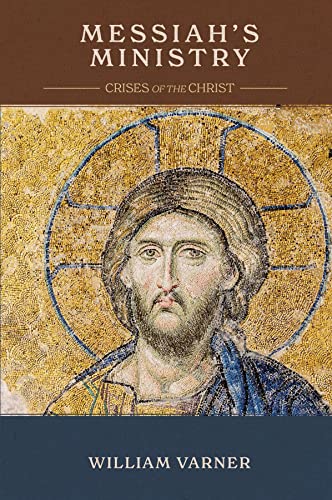“Archaeologists in Egypt have found proof that they are excavating a rare ancient sun temple, the third ever found and the first to be uncovered in 50 years.”
After a ten-year closure, Egypt has begun plans to restore the Aswan Museum on Elephantine Island.
Saudi Arabia has opened the Nabatean site of Hegra to foreign tourists for the first time ever. This detailed article about Petra’s little sister includes many beautiful photos.
“Four known Mycenaean corbel arch bridges in the vicinity of Mycenae and Arkadiko villages in Greece are considered to be some of the world’s oldest bridges. Two of them are still in operation and have been so for at least 3,000 years.”
Lina Zeldovich has written the best article I’ve ever read on bathroom practices of ancient Romans.
Now online: “Propaganda, Power, and Perversion of Biblical Truths: Coins Illustrating the Book of Revelation,” by Gordon Franz
It is interesting to see the Tehran Times run a story about Susa without ignoring its role biblical history. (The Bible is effectively outlawed in Iran, and all websites related to the Bible, including this one, cannot be accessed.)
The Biblical Archaeology Society has announced its 2021 Publication Awards Winners.
“Holly Beers and David deSilva discuss life in the first century with Biblical World host Lynn Cohick. Holly and David both wrote novels that explore life on the ground in Ephesus, giving readers a unique opportunity to experience Paul’s world in a very personal way.”
HT: Agade, Ted Weis, Arne Halbakken, Keith Keyser, Andy Cook
